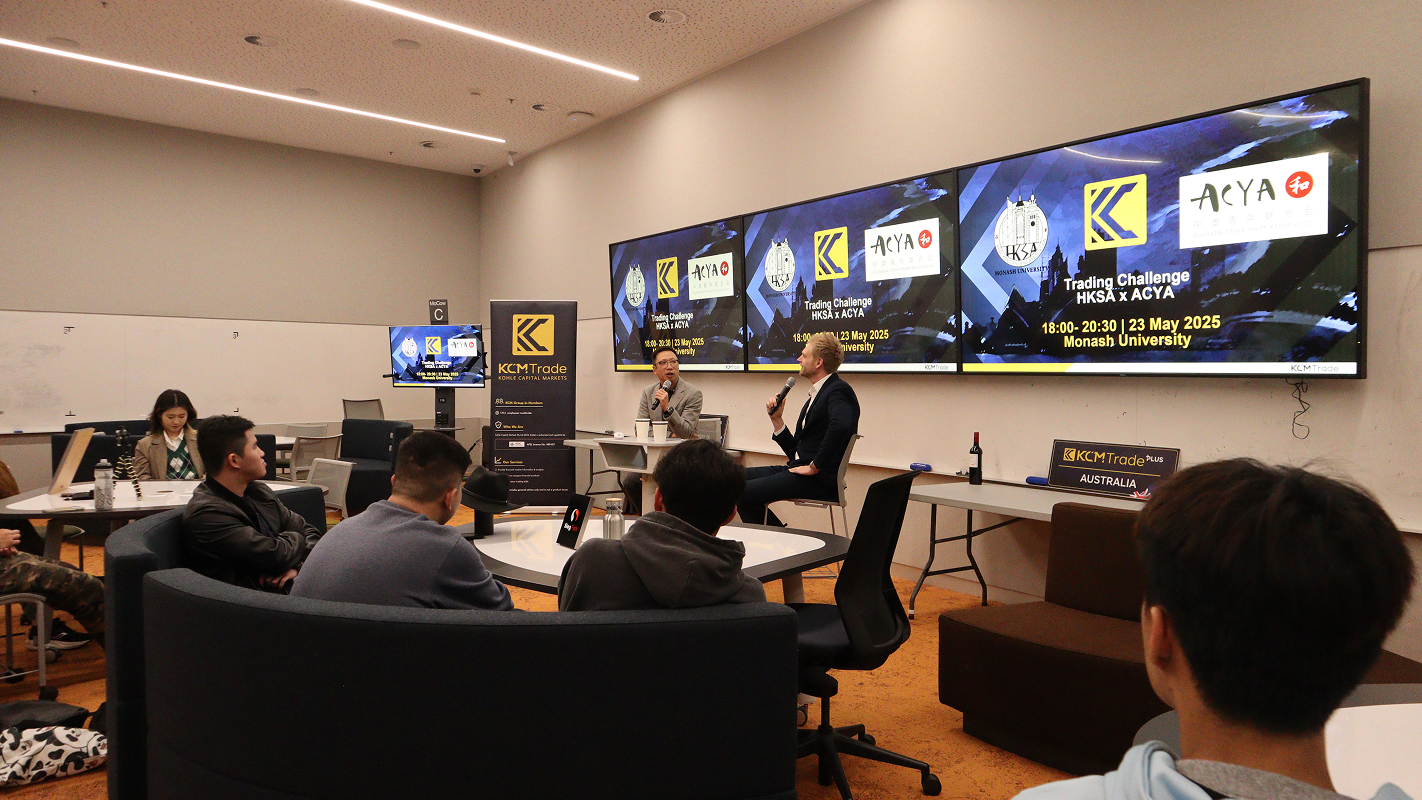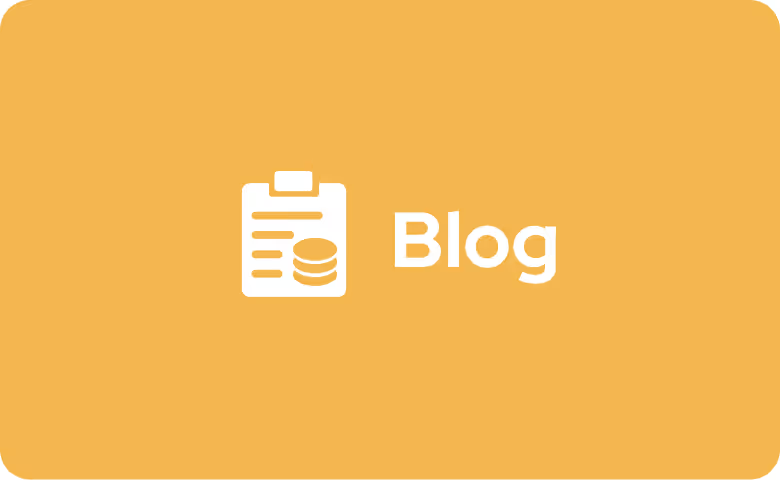Price Action vs Indicators: Which Approach Is Right for You?

Every trader eventually reaches the same crossroads. Should you trade what you see, or trade what you measure?
The minimalist trader relies on simplicity, focusing on clean charts, raw price action, and the natural language of candlesticks. The quant-minded trader seeks order through data, using indicators, algorithms, and alerts to keep emotions under control.
Both approaches promise control in a world that rarely obeys. Yet both fail when misunderstood. At SiegPath, we’ve seen this duality in thousands of traders. It’s not about choosing intuition or data. It’s about aligning both through education, structure, and technology that adapt as fast as the markets do.
Why This Debate Exists
Price action and indicators are not rivals; they are reflections of two different human instincts.
- Price action appeals to the creative mind — the part that recognises rhythm and narrative within volatility.
- Indicators attract the analytical mind — the part that seeks measurable certainty, rules, and automation.
The market, however, rewards neither intuition without discipline nor rules without flexibility. In high-speed financial environments, traders must be both adaptive and systematic — an impossible balance to sustain manually.
The Price Action Mindset
To the price-action trader, the chart is alive. They see momentum breathing through swing highs, rejection wicks signalling exhaustion, and volume spikes revealing intent.
Price action empowers traders to:
- Understand why markets move, not just when.
- Anticipate shifts before traditional signals appear.
- Adapt dynamically to changing regimes.
But this strength is also its weakness. Without measurable structure, intuition becomes bias. Traders may “see” what they want to see.
SiegPath’s AI-powered analytics turn those visual observations into quantifiable feedback. It identifies your recurring entry patterns, calculates their success rate, and helps refine your edge, transforming intuition into data-supported strategy.
The Indicator Discipline
Indicators exist for one reason — to make decisions repeatable. Moving Averages smooth the noise; RSI measures exhaustion; MACD defines momentum; Donchian channels quantify breakouts.
Indicators allow traders to:
- Test ideas objectively and statistically.
- Automate entries and exits with precision.
- Stay consistent under pressure — especially during SiegEvaluation™ challenges where discipline defines success.
Yet indicators can lag, mislead, or trap traders in over-optimisation. They are tools, not oracles. Used in isolation, they miss the market’s context — the very element that price-action traders excel at interpreting.
Through SiegTerminal’s TradingView integration, traders overlay real-time price structure with technical signals, blending narrative and mathematics. Custom alerts, backtesting, and AI pattern recognition make data feel human again.
The Hybrid Reality — Where Professionals Operate
The best traders in 2025 don’t argue between price action and indicators. They operate in the hybrid zone, structured enough to stay consistent, flexible enough to adapt.
A hybrid strategy means:
- Define structure with price action. Identify the story of the chart — trend, accumulation, manipulation.
- Confirm with selective indicators. Use one for trend (EMA, Donchian) and one for momentum (RSI, MACD).
- Execute with data discipline. Follow predefined rules, size risk correctly, and review results objectively.
This synthesis of intuition and evidence is what SiegPath teaches through SiegAcademy™ courses and SiegEvaluation™ milestones. The platform doesn’t force you into one style, it develops your ability to think like a professional across both.
The Psychology Behind the Choice
At its core, this debate is psychological.
- Price-action traders thrive on control — the satisfaction of reading markets directly.
- Indicator traders seek reassurance — proof that their logic holds.
Both tendencies stem from cognitive bias. Emotional security often disguises itself as strategy.
SiegAI™ was designed to counter that bias. By tracking behavioural metrics — trade frequency, time-of-day performance, reaction to drawdown — it reveals whether your decisions come from plan or impulse. The goal isn’t perfection; it’s self-awareness quantified.
The SiegPath Philosophy
At SiegPath, we don’t define trading by charts or signals — we define it by growth. The future of trading isn’t about predicting the next candle. It’s about understanding how you think, how you adapt, and how technology can magnify your edge.
Our vision is simple: to empower traders to master both instinct and intelligence and to pave their path towards professional trading.
Conclusion
The debate between price action and indicators has no winner. Markets evolve, and so must traders. What once divided two schools of thought is now the foundation of a new discipline — adaptive trading.
With SiegPath’s integrated ecosystem, traders no longer need to choose sides. They can finally see the market as it truly is: a balance of chaos and structure, logic and instinct, illuminated by data.











